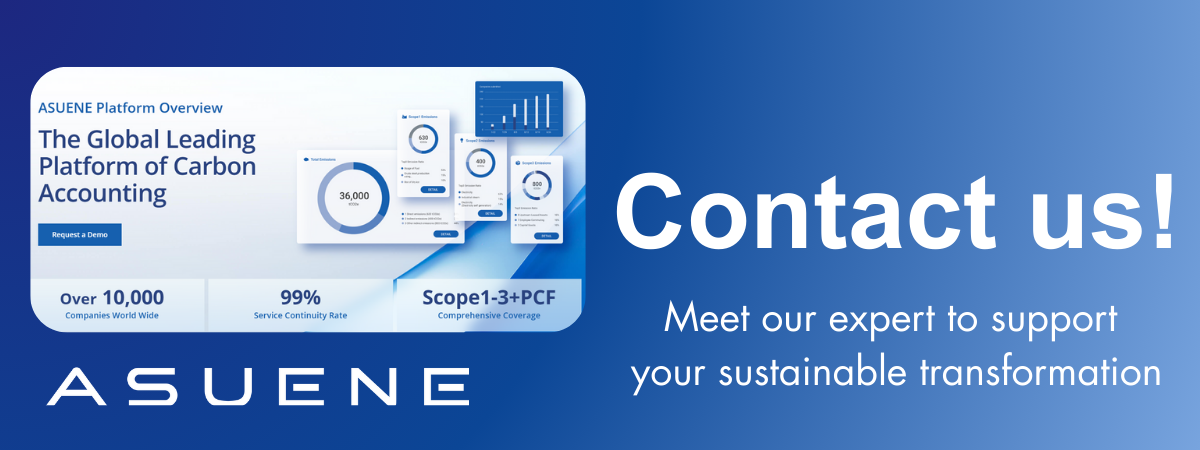- Article Summary
-
Introduction
Amid accelerating climate change, shrinking natural resources, and rising stakeholder demands, industries face growing pressure to rethink and transform their production models. The traditional linear “take, make, dispose” model of manufacturing is no longer sustainable in the face of resource scarcity and global environmental challenges. As industries seek to reduce their environmental footprint while maintaining economic competitiveness, the concept of industrial symbiosis has emerged as a powerful, practical strategy.
Industrial symbiosis refers to the cooperative exchange of materials, energy, water, and by-products between different companies, often within the same geographic area. Rather than treating waste as an unavoidable burden, industrial symbiosis reimagines it as a valuable input for other processes. This exchange can be as simple as transferring excess heat from one facility to another or as complex as developing a network of interconnected industries where each participant both supplies and consumes resources from the system.
The approach is rooted in industrial ecology, which views industrial systems through the lens of natural ecosystems. Just as in nature, where the waste of one organism becomes the resource of another, industrial symbiosis ensures that materials and energy are reused and recirculated, reducing the need for virgin inputs. This not only conserves resources but also cuts greenhouse gas emissions, lowers waste disposal costs, and opens new business opportunities.
The following sections will explore the principles and mechanisms of industrial symbiosis, examine its applications and benefits, analyze the enabling conditions and barriers to adoption, and consider its role in the global transition toward a circular economy.
Principles and Mechanisms of Industrial Symbiosis
Industrial symbiosis operates on a simple but transformative principle: the by-products of one process should serve as the feedstock for another. This principle can be applied across various resource types, including heat, water, chemicals, metals, and biomass.
In practice, industrial symbiosis takes different forms depending on the industries involved, the types of resources available, and the logistical or technological constraints. Some exchanges involve surplus heat being used to power district heating systems, while others focus on reusing treated wastewater for industrial cooling or irrigation. In the construction sector, industrial by-products such as fly ash can replace mined materials in concrete production.
These exchanges may occur organically when companies identify mutual benefits or may be facilitated by coordinated planning in eco-industrial parks. The latter often feature shared infrastructure, such as centralized treatment plants or pipelines, that lowers the cost and complexity of resource transfers.
Transparency and trust between participants are critical to the success of industrial symbiosis. Without open communication about resource availability, quality, and consistency, opportunities may be missed. Increasingly, digital platforms and resource mapping technologies are being used to identify potential matches between producers and consumers of industrial by-products.
Examples of Resource Flows in Industrial Symbiosis
| Resource Type | Source Industry | Recipient Industry | Environmental Benefit | Description |
|---|---|---|---|---|
| Surplus heat | Power generation | District heating systems | Reduced fossil fuel use | Excess heat from power generation is captured and redirected to heat residential or commercial buildings through district heating networks. A well-known example is Kalundborg Eco-Industrial Park, where surplus steam from a power plant heats homes and local businesses. |
| Treated wastewater | Food processing | Manufacturing cooling systems | Lower freshwater extraction | Treated wastewater from food processing facilities is reused in manufacturing cooling systems or as boiler feed water, reducing the need for freshwater. |
| Metal scraps | Automotive manufacturing | Metal recycling facilities | Conservation of raw ore | Scrap metal generated during automotive manufacturing is collected and sent to recycling facilities to produce new metal products, conserving raw ore. |
| Biomass residues | Agriculture | Bioenergy plants | Reduced landfill waste | Agricultural residues such as crop stalks or pruning waste are converted into renewable energy in bioenergy plants instead of being sent to landfill. |
| Fly ash | Cement production | Construction materials | Reduced quarrying activity | Fly ash produced during cement manufacturing is used in road construction and building materials, reducing the need for quarrying raw materials. In Kalundborg, fly ash from a power plant is also repurposed for such applications. |
These examples demonstrate how diverse industries can work together to reduce waste and improve resource efficiency. Each exchange represents an opportunity to lower costs, decrease environmental impact, and strengthen the resilience of industrial systems.

Applications and Benefits
Industrial symbiosis has been successfully applied in a variety of contexts, from localized partnerships between two companies to complex, multi-participant networks spanning entire industrial zones. The most effective arrangements often emerge in regions where multiple industries operate in close proximity, making transportation of resources more feasible and cost-effective.
One common example involves the recovery and redistribution of waste heat. Large manufacturing plants often generate significant amounts of heat as a by-product, which can be captured and used to warm nearby buildings or support agricultural operations like greenhouses. Another example is the reuse of wastewater, which can serve as cooling water for industrial processes, thereby reducing the demand for freshwater.
The benefits of industrial symbiosis extend across three dimensions:
- Environmental benefits include reductions in greenhouse gas emissions, conservation of natural resources, and decreased waste sent to landfill.
- Economic benefits arise from lower disposal costs, reduced expenditure on raw materials, and the creation of new revenue streams from selling by-products.
- Social benefits include job creation in recycling and resource recovery sectors, improved relationships with local communities, and enhanced corporate reputation.
In this network, different industries are interconnected through flows of resources such as energy, water, and materials. Each arrow represents a mutually beneficial exchange, contributing to reduced waste and increased efficiency.
Enablers and Barriers
Several factors can enable the successful adoption of industrial symbiosis. Geographic proximity is one of the most significant, as shorter transport distances make exchanges more cost-effective. Policy incentives, such as tax credits, subsidies, or grants, can also encourage companies to participate. The availability of appropriate technologies for processing and transporting resources is essential, as is the presence of platforms that facilitate the matching of resource providers with users.
However, barriers remain. Many companies are unaware of the potential value in their waste streams or lack the technical expertise to process them. High upfront investment in infrastructure or process modifications can also be a deterrent. Regulatory restrictions on the use of certain materials, particularly when classified as waste, may limit opportunities for reuse. Furthermore, inconsistent supply or demand for specific by-products can undermine the stability of exchange relationships.
Key Enablers and Barriers of Industrial Symbiosis
| Enablers | Barriers |
|---|---|
| Geographic proximity of participants | High initial infrastructure costs |
| Government incentives and policy support | Regulatory restrictions on waste reuse |
| Technological capabilities | Inconsistent supply or demand of materials |
| Digital resource-matching platforms | Lack of trust or information sharing |
Overcoming these barriers requires a coordinated approach involving policymakers, industry associations, and local governments. Facilitators or brokers can play a critical role in building trust, identifying opportunities, and ensuring that exchanges are economically viable and environmentally sound.
Conclusion
Industrial symbiosis offers a transformative approach to manufacturing that aligns with the principles of the circular economy. By reimagining waste as a resource, industries can reduce environmental impact, cut costs, and create new business opportunities. The model also contributes to broader ESG goals, demonstrating a tangible commitment to sustainability and responsible resource management.
For industrial symbiosis to become mainstream, greater awareness and education are needed, along with supportive policy frameworks and access to enabling technologies. Investment in shared infrastructure, digital platforms, and trust-building initiatives will be essential to scale up adoption.
As industries continue to face the dual challenges of environmental sustainability and economic competitiveness, industrial symbiosis stands out as a proven, collaborative strategy that can deliver lasting benefits for businesses, communities, and the planet. Its successful implementation will be a critical step toward achieving a truly circular and sustainable global economy.
Why Work with ASUENE Inc.?
Asuene is a key player in carbon accounting, offering a comprehensive platform that measures, reduces, and reports emissions. Asuene serves over 10,000 clients worldwide, providing an all-in-one solution that integrates GHG accounting, ESG supply chain management, a Carbon Credit exchange platform, and third-party verification.
ASUENE supports companies in achieving net-zero goals through advanced technology, consulting services, and an extensive network.


